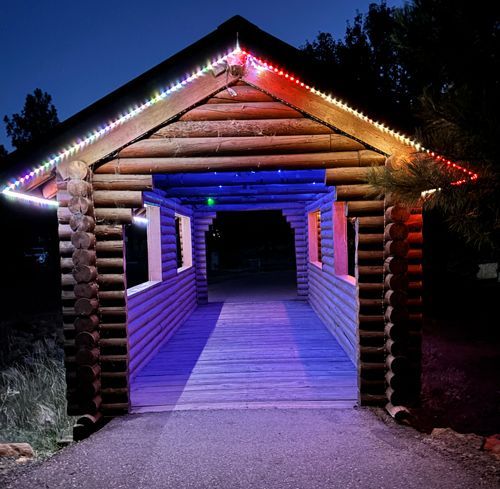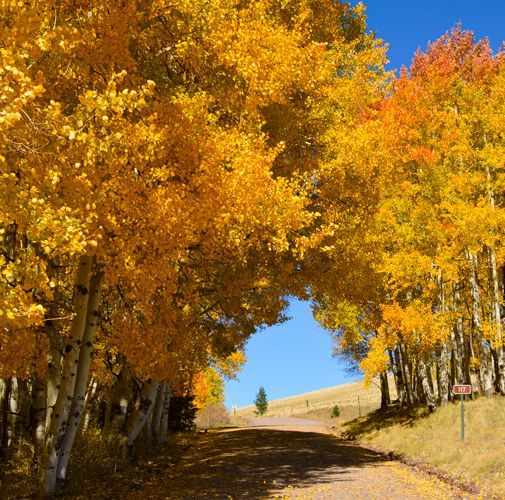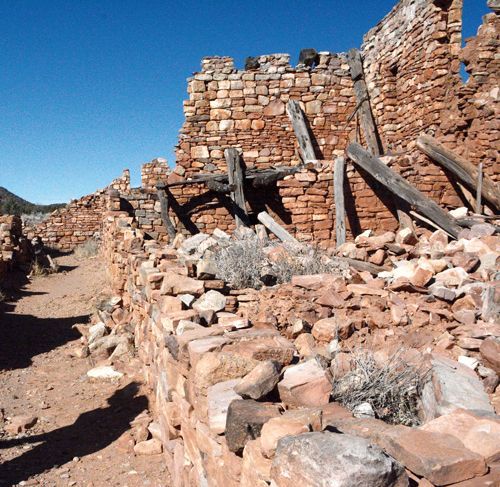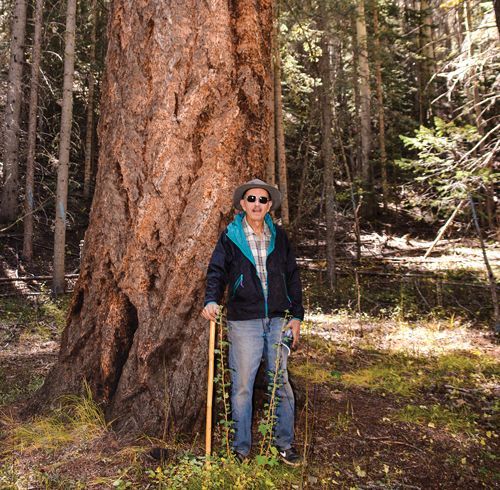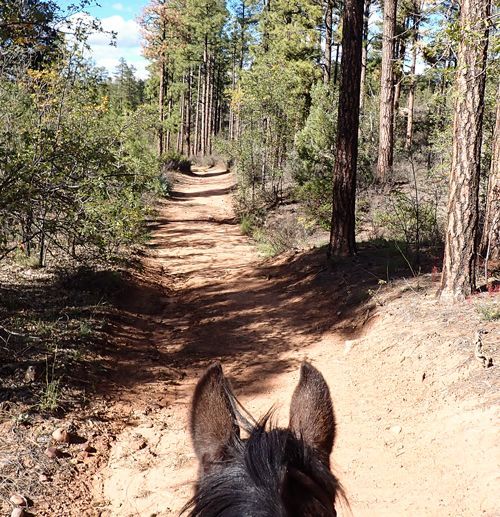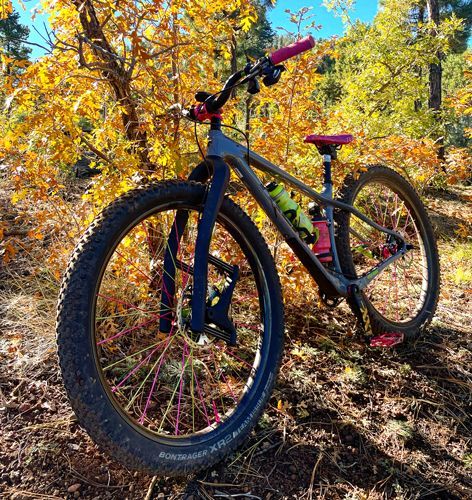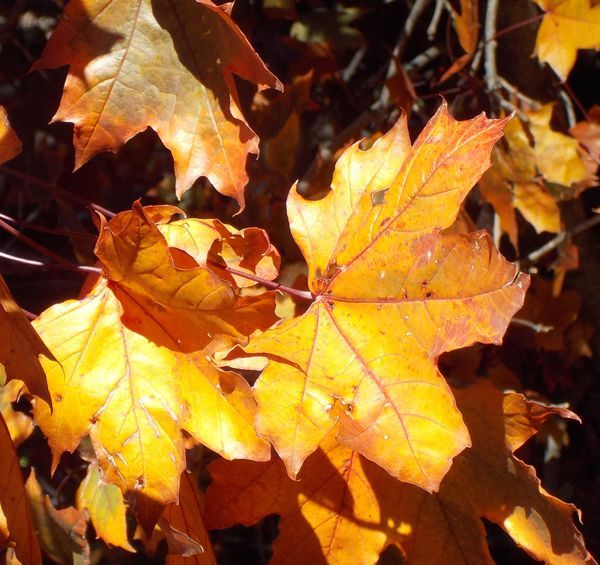Discover a Legend

Leopold’s Mountains
Life is full of changes. Typically, we aren’t fans of change, but when I look back on the
paths I took, I realize that every bend in the trail, every roadblock, and every choice I made,
brought me here. Sometimes — and I really believe this — the path was chosen for me by some
kind of universal law of attraction. When things line up and fall into place, I know I’m on the right
path and it gives me an overwhelming feeling of confidence. Sometimes, there are subtle signs
that serve as confirmations that you are where you are supposed to be. For me, the day my
brother gave me a copy of Aldo Leopold’s “A Sand County Almanac,” my path was set into
motion.
It was 1990, the year I quit my job and went back to school in the Boundary Waters
Wilderness Area —located at the end of the trail in Minnesota (about five miles from Canada “as
the crow flies”) so that I could become a wilderness ranger. My brother, Jeff, who was a
biologist and director of the linguistics department at the University of North Carolina Charlotte
(at the time) and an avid outdoors person, gave me a copy of Leopold’s book with an inscription
written by him that read, “For new beginnings.” I had no idea that the path I had chosen and this
book would be so well collaborated.
Leopold, considered the father of wildlife ecology and the United States Wilderness
system, wrote not only an almanac based on the seasons for the Sand Counties of Wisconsin
(my home state), but he wrote about his early years in 1909 as a forester for the Apache
National Forest in the White Mountains of Arizona. Little did I know that my path would lead me
not only to the Arizona mountains, Mount Baldy, Escudilla, the Campbell Blue River Area, and
the Little Colorado River Plateau that he writes about, but also to the Gila Wilderness, the Aldo
Leopold Wilderness, and the Blue Range Wilderness — all part of the Gila National Forest in
New Mexico — and just across the Arizona border.
Leopold’s White Mountain (Mount Baldy), however, was a “horseman’s world.” Back
then the land was too rough for wagons. There were no cars and the area he covered as a
forester was too vast to trek by foot. It was different here than the surrounding railroad towns
and each mode of transportation “dropped off” as you headed south to White Mountain or as he
referred to it, “on top.”
If you’ve hiked Mount Baldy (White Mountain) you will find that his descriptive writing of
the mountain back then still rings true today. “On a fair morning, the mountain invited you to get
down and roll in its new grass and flowers. Every living thing sang, chirped, and burgeoned…An
hour later thunderheads blotted out the sun while your erstwhile paradise cowered under the
impending lash of lightning, rain, and hail.”
When Leopold heard anyone say they do not fear lightning, he would think, “they have
never ridden The Mountain in July.” Bolts of lightning would splinter and explode pines and he
remembers “one gleaming white one, 15 feet long, that stabbed deep into the earth at his feet
and stood there humming like a tuning fork.” The deep snow of winter kept the horsemen off the
top of the mountain. However, in May men from a small local village at the foot of the mountain
(I believe he’s talking about Greer) would compete to be the first rider to “invade the high
solitudes.”
He writes about how the aspen bears the scars of past history with carvings into its
"patient bark” at every campsite. “First, the new cowman arrives and carves his simple initial
with no brand…next, a decade later his initials plus a brand, then years later you find his
daughter's initials inscribed into the bark by an enamored youth aspiring to the lady’s hand.”
Eventually the old cowman dies, “in his later years his heart had thrilled only to his bank account
and to the tally of his flocks and herds, but the aspen reveled that in his youth he too had felt the
glory of the mountain spring.”
Not only was the history written in aspen bark, but in the names that were given to
places, such as “The Boneyard, a lovely meadow where bluebells arched over the half-buried
skulls and scattered vertebrae of cows long since dead,” brought by a foolish cowman who
trusted the summer temperatures but didn’t compensate for the winter weather of November.
The Campbell Blue, the headwaters of the Blue River, was named after the piano that
was hauled by one mule and one super-human packer for the discontented wife of a rancher.
And still, the Campbell piano failed to keep her there.
At “Frijole Cienega” stood a small log cabin that was used as an overnight camp. There
was an unwritten law that owners of this place leave flour, lard, and beans for travelers to
replenish their stock. One traveler was trapped there for a week and only had beans — thus the
name. And…“Paradise Ranch’s” verdant meadows and trout stream were a welcome sight for
travelers. So lush, that a horse was left for a month and waxed so fat that rainwater gathered in
a pool on his back. After Leopold’s stay at the ranch, he remarked to himself, “What else could
you call it?”
“To the north of the mountain, you rode on honey-colored plains. Look up anywhere, any
time and you saw Escudilla.” If you’ve ever hiked anywhere in the Springerville-Eagar volcanic
fields area, you know what Leopold is talking about. I have seen Escudilla from just about every
mountain I’ve climbed such as Greens Peak and Baldy. At Sipe White Mountain Wildlife Area
just south of Eagar, Escudilla shadows the old homestead and is an awesome sight. The most
majestic and close-up view, however, is from Arizona State Road 191 which snakes through the
honey-colored plains toward Alpine.
Escudilla was home to the “robber-baron” grizzly named Big Foot. A bear that only ate
one cow per year. He was elusive and never seen by locals except for his “incredible tracks.”
One spring a government trapper drove to town and asked if there were any "destructive
animals in need of slaying.” There was the big bear. After a month of trial and error, the trapper
set up a trip line attached to his rifle, set it in the bear’s path and Big Foot shot himself. The pelt
was patchy and worthless so the only thing that was saved of the big bear was his skull, which
is in the National Museum.
In the Fall, Escudilla is a great hike because of its many aspens. Some of the elevated
areas of the mountain were burned by the Wallow Fire and need to be hiked with caution.
Leopold took part in the eradication of the wolves in Arizona but when he shot a pack of wolves,
a mother, and her grown pups, he got to the female in time to see “a fierce green fire dying in
her eyes.” He was young and full of trigger itch. “I thought that because fewer wolves meant
more deer, that no wolves would mean hunters’ paradise. But after seeing the green fire die, I
sensed that neither the wolf nor the mountain agreed with such a view.”
Through the years of research, Leopold discovered that “just as a deer herd lives in mortal fear
of wolves, so does a mountain live in mortal fear of its deer.” He states that “a buck pulled down
by a wolf can be replaced in two or three years, a range pulled down by too many deer may fail
of replacement in as many decades.” He called it “Thinking Like a Mountain”— a philosophy
that began here in Arizona’s White Mountains, that started Leopold’s career as an American
writer, philosopher, naturalist, scientist, ecologist, forester, conservationist, and
environmentalist.
Be it chance or synchronicity, my gift of Aldo Leopold’s “A Sand County Almanac” from my
brother unknowingly set me on a path that led me here. And it has been one of learning,
incredible beauty, and adventure in what I believe are some of Arizona’s best mountain
landscapes.
1909: Leopold was assigned to the Forest Service's District 3 in the Arizona and New Mexico
territories.
1911: He was transferred to the Carson National Forest in northern New Mexico. Leopold's
career, which kept him in New Mexico until 1924, included developing the first comprehensive
management plan for the Grand Canyon, writing the Forest Service's first game and fish
handbook, and proposing Gila Wilderness Area, the first national wilderness area in the Forest
Service system.
1923: He was elected an associate member of the Boone
and Crockett Club, a wildlife conservation organization founded by Theodore
Roosevelt and George Bird Grinnell.
1924: He accepted a transfer to the U.S. Forest Products Laboratory in Madison, Wisconsin,
and became an associate director.
1933: He was appointed Professor of Game Management in the Agricultural Economics
Department at the University of Wisconsin, the first such professorship of wildlife
management. At the same time, he was named Research Director of the University of
Wisconsin–Madison Arboretum. Leopold purchased 80 acres in the sand country of central Wisconsin. The once-forested region had been logged, swept by repeated fires, overgrazed by dairy cows, and left barren. He put his
theories to work in the field and eventually set to work writing his best-selling A Sand County
Almanac (1949) which was finished just prior to his death.
1948: Leopold died of a heart attack (age 61) while battling a wildfire on a neighbor's property.

